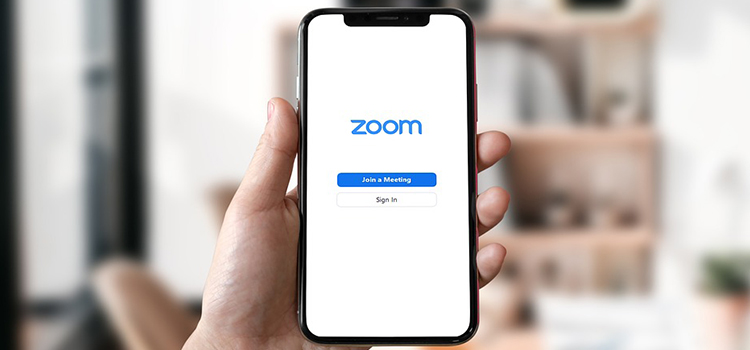How to Set Up and Use a Virtual Data Room on the Market Today
After screening a number of virtual data room providers and choosing one for your business or personal use, it is time to set up your data room software. Generally, the setup process hardly takes 10-15 minutes and is pretty simple as well.
Although data room services usually provide helping manuals or guides, it is handy to have some prior knowledge about how to set up your online data room software as it can help you save some time. Read on to learn about the general virtual data room setup process and how you can use VDR for different purposes.
For more in-depth information about virtual data rooms, visit https://dataroom-providers.org/. It’s a valuable resource containing expert data room reviews and comparisons.

How to Set Up Your Virtual Data Room In 3 Simple Steps
1. Create User Groups and Add Users
Once you subscribe to any certified virtual data room provider and get access to your product, the first step is to create user groups and add users accordingly. At this stage, you can either upload the documents first or create user groups and then upload documents.
Creating user groups is important because an electronic data room is like a virtual working space where multiple business teams or employees from different departments will be working online. Therefore, it is better to categorize them in groups as per the nature of their work. Most importantly, users in one group cannot access or communicate with other groups unless the admin allows it.
Once you create user groups, you can start adding users by sending invites to their email addresses. Users will have to follow a few simple procedures, and they will be onboard quickly.
2. Upload and Organize Files and Folders
There are different ways to organize your business documents. For example, you can upload files or documents for each group and then give them customized access. Let’s say you created a group of the tax department; you can just upload all tax-related material in that particular group.
The other way to do it is by creating general folders for different types of documents and then defining user access settings accordingly. It is important to note that the group creation or document uploading option may vary from vendor to vendor.
3. Set Access Permissions
Setting access permissions are very important to protect your data from internal misuse. Not every employee should be allowed to access, edit, download, or save all documents.
Access settings can be created for different groups or users individually. You can decide who will or will not be able to edit, download, or print any document. In fact, you can even categorize them more precisely.
For example, you can activate the following file permission settings:
- View: Users who can only access and view documents.
- Download: Users who can view and download documents
- Edit: Users who can edit, alter, overwrite, download, and print documents.
It is highly recommended to recheck the settings to avoid accidental data leaks.
4. Get NDAs Signed
You might need this if you are using virtual data rooms for M&As, due diligence, fundraising, or similar affairs, as you will be showcasing your confidential documents to external users.
NDAs or Non-Disclosure Agreements are legal contracts that restrict the signee from leaking or misusing sensitive data in your data room software. Generally, the best data rooms in the market provide you with multiple customizable NDA templates. NDAs are highly recommended for such occasions.
How to use virtual data rooms?
How to use data room software depends on your business needs. Here are some primary uses of virtual data rooms.
Data Repository
A large number of VDR consumers primarily use data rooms as a data repository to store their confidential business documents or the ones used regularly. Businesses prefer VDRs because of their unique data security features and robust data backup systems. That said, you don’t have to worry about your data backup because data room vendors keep backup copies of your documents.
Data Presentation/Due Diligence
The financial sector and private equity firms use virtual data rooms for due diligence or data analysis during different types of business transactions such as M&As, fundraising, asset sale/purchase, and joint ventures.
Data room software helps all concerned bodies; those presenting their data for verification can control the data flow and restrict unauthorized usage. Similarly, other parties can access documents remotely and run the verification/analysis process with ease.
Virtual Collaboration
Virtual data rooms not only store business documents but also have multiple data sharing and online communication tools. Data room users (depending on their permission settings) can edit, overwrite, alter, share, print, or annotate any document in real-time. Similarly, the communication tools involve data room software messenger, slack integration, audio/video conferencing tools, and Q&A modules.
Conclusive words
The virtual data room setup process is usually very simple and doesn’t take more than 10-20 minutes. You can easily invite data room users, upload hundreds of documents in one go, and set user permission roles. Virtual data rooms are primarily used for highly safe data storage, sharing, and management.
Subscribe to our newsletter
& plug into
the world of technology





